Today, I want to start off a new series of my top ten tips for all the important aspects of guitar playing. Each lesson I’ll send you ten quick but very powerful tips that will help you with a specific subject so you can make improvements in this area and get past the most frustrating hurdles on the guitar. Today, it is… guitar technique.
Let me ask you, what do you think is the biggest issue I see with most guitar students, both in real life and via my blog?
Well, the answer might surprise you.
It is guitar technique (or the lack of, I should say).
Yep, the biggest issue I see with most students I teach is that they have poor technique which holds them back massively and they often don’t know it but just carry on.
If you play the guitar with pain, discomfort, or feel constantly tense when you play, then it is likely your fundamental technique is poor.
For most of you who are self-taught or learn through YouTube, this is common. Even those who have teachers often have some fundamental technical issues like this as most teachers don’t pick up on this critical area of guitar playing.
Essential Beginner Guitar Technique Every Guitarist Should Be Aware Of
Anyway, if you are finding playing tough, let’s get to work fixing your fundamental guitar technique so you can have more fun, more joy and play with less pain.
If you are more experienced, use the following as a checklist to ensure your technique is as good as possible.
1 – Classical posture
I’ve said it a lot in the past but the classical position is the best for taking the strain off your body, especially your wrist and back, and it is the one seated position that gives you the most freedom to access the whole fretboard without hunching over.
It can be hard to transition to if you have played for years but it is well worth the effort. This is the way I encourage all students to sit and for those who are new to my lessons but have played for years, I urge you to gradually try to transition to the classical posture way of playing.
2 – Minimum pressure required
You should always be looking to play every single note with the least amount of pressure needed for the note to sound clean.
This will prevent your fingers from getting tired, resulting in a much better practice session and it will improve your enjoyment, allow for smoother playing, faster chord changes, and better all-round technique.
Make sure you are close to the fret when playing any note and experiment with how little pressure you can use to make the notes sound clear. Try it on random notes and then when you feel this lighter touch, add it to your playing.
3 – Relax your whole body, especially the shoulders, belly, neck and even your feet!
This might sound like I am getting all “zen”-like on you but learning to relax your whole body when playing is so important.
I can’t tell you how many new and struggling players I have taught who were at first, so tense and full of tension, they looked like they will pass out at any moment!
You need to scan your whole body for tension and try to spot the signs of tension in the key areas of your shoulders, belly, neck and feet. Tension here will usually mean tension in the arms, hands and fingers which will directly impact your playing in a negative way.
You must try to release this tension as much as you can by relaxing the tense muscle. If it’s a finger that is tense, try wiggling it gently. If it is ramrod straight and won’t move there is too much tension going on!
4 – Keep an eye out for “Sympathetic Tension”
When you play a piece of music do you ever watch what the fingers that are NOT on the fretboard are doing?
This is an important thing to do but it’s one that is rarely done. If you don’t pay any attention to these non-playing fingers, you will often find that they are rigid, flying about like a trapeze artist and full of tension.
This is something that Jamie Andreas (who is one of the few guitar teachers out there who also teaches real technique) calls “Sympathetic tension”. For maximum flexibility, control and fluency, your non-playing fingers need to remain relaxed, curled and close to the fretboard.
It’s easier said than done, but it is something I train all students to do. The control this gives them is awesome. Try playing a simple scale or riff and watch the non-playing fingers and see if they are relaxed, or rigid – it will tell you a lot about your guitar technique.
Look at the image below where I show you what you should NOT do – the index and pinkie are ramrod straight and not relaxed at all. When it comes to bringing these back to the fretboard they are too far away and too tense to be of much use!
5 – Stop holding your breath and breathe deeply when playing
There are a lot of guitarists who tense up in terms of their muscles when they play but there are as many who actually hold their breath when playing and this is bad news.
These guitarists often play through a piece, make an error, get a bit frustrated, feel determined to succeed, tense up and then hold their breath as most people do when getting a bit tense.
This is bad though, as not only does it make them look like a smurf since they look like they will pass out from not breathing, but it means they are making things much harder for themselves when playing.
If you make an error, relax, take some really slow and deep breaths that last 10 seconds, feel the relaxation from it all over your body and try again. Breathing deeply is a nice feeling and it will help you make better progress and enjoy everything much more when you relax. This is a really important but hidden factor in your playing.
6 – Stretch from the big knuckles
A lot of guitarists let the fingers of their fretting hand “collapse” together meaning that there is no separation between them.
When they place their fingers on the fretboard, the parts of their fingers closest to the hand are often stuck together. If you ever want to develop a good stretch with your fingers, you need to see a visible space between each finger from the knuckle and you need to see this every time you play.
Try taking your fingers off the fretboard, and with your picking hand reach across and stretch your fretting hand fingers gently apart. This will help you get the big stretching feeling.
When you are playing anything, it is important to feel this big stretch and remember, if you struggle to stretch much now, if you make tiny improvements here you can add a significant amount to your “stretch” in 6 months or so.
Notice in the image below where there is some good and bad. The index, middle and ring are separated nicely but the pinkie is being lazy and there is no stretch between it and the ring. Aim to stretch each finger from the big joint.
7 – Don’t hold the weight of the neck up with your fretting hand
Having the fretting hand hold the weight of the guitar is an awful thing to do as it restricts movement massively and slows down everything you do with your fretting hand.
These things include slowing down chord changes, restricting your hammer-ons and pull-offs, slowing down any movement up and down the fretboard and more – not to mention holding the weight of the neck massively stops you from playing in a relaxed manner.
This is another reason to sit in the classical position, but even if you sit like this, and don’t do it quite right you can fall into this trap – a strap can really help though.
Alternatively, you can try playing standing up as standing can help keep the guitar balanced without the need to hold it up as much. Whatever you do, get into a position where the fretting hand is holding none of the weight of the neck.
A good test is to let go of the neck with the fretting hand and if the neck drops, you need to adjust something so you are NOT holding it up.
8 – Curl your fingers and don’t let them flop on the fretboard
One thing you should always try to do is to curl your fingers so that when you fret a note, they are NOT flat on the string.
The only time you really want a finger flat across the strings is when you are barring. The rest of the time your last digit (called the “distal” joint) on each finger should be curled and about 90 degrees in relation to the fretboard for most of your playing.
If the finger is flat, you will lose strength in each finger, notes are more likely to buzz and you won’t develop the fingers as much.
This flat way of placing the finger often happens with the pinkie finger, and a good solution to help solve this is to place the pinkie on first, so you can put it in the correct position.
The following image is an example of curling your fingers – try doing this off the fretboard like me and see if you can curl your fingers a little – then try it with a scale when playing.
9 – Practise playing without your thumb
A sign that you are playing with too much pressure and tension is when the muscle at the base of your thumb gets tired and achy.
This happens a lot when playing chords and especially barre chords for most. The thumb is there to stabilise the guitar when you add pressure and also to add just a little pressure but you don’t want to overuse it. If you do overuse the thumb, it will reduce the fluency of your fretting hand and you will tire it out quickly.
Get in the habit of only using just a little pressure with the thumb.
It may sound strange but, as a test, if you can play a simple passage of music without the thumb touching the fretboard, then it shows your technique is decent. Obviously, this is just a test and you should play with your thumb touching in usual circumstances but just make sure it is with a light touch and not too much pressure.
10 – Spend more time working on the ring and pinkie fingers
For nearly all guitarists out there the accuracy and strength of each of their fingers diminish from the index finger to the pinkie.
In other words, the index finger is the strongest, followed by the middle finger, followed by the ring finger and finally followed by the weak and often feeble pinkie finger. Why is it then that most guitarists do as much as they can with their index finger?
When practising songs, scales, chords, riffs and any exercises or technique builders, you should focus mostly on what the ring and pinkie fingers are doing – your index finger and to a slightly lesser degree middle finger, are more than capable of looking after themselves.
It’s the weaker ring finger and pinkie that need the extra work.
There you go. These are 10 very useful tips that will help you improve your fretting hand and reduce pain, discomfort and tension from your playing.
Nearly all beginners who come to me for lessons struggle with about 7 or 8 of the above issues, often 9 or 10.
The above are things I teach daily yet they are so rarely talked about anywhere in the gazillions of YouTube videos out there it just makes me wonder how many real guitar students most YouTube teachers have actually taught. If it was a lot, they would see these issues are so common.
If you find guitar playing tough in any way, and if you have played for months, years or even decades, then I urge you to go through the above list and spend time fixing these issues. Your playing will absolutely improve for it.
For more help on the above, you can check out my Elite Guitarist Inner Circle which will help you to improve all of these areas.
It contains lots of wonderful fingerpicking and fingerstyle (as well as strumming and riff) song lessons but also coaching and specific lessons on fixing the above which can save you years of pain and frustration.
I would love to know if you struggle with any of the above and which of these 10 tips you have found most useful.
Good luck and hopefully you will find many tangible benefits from the above!

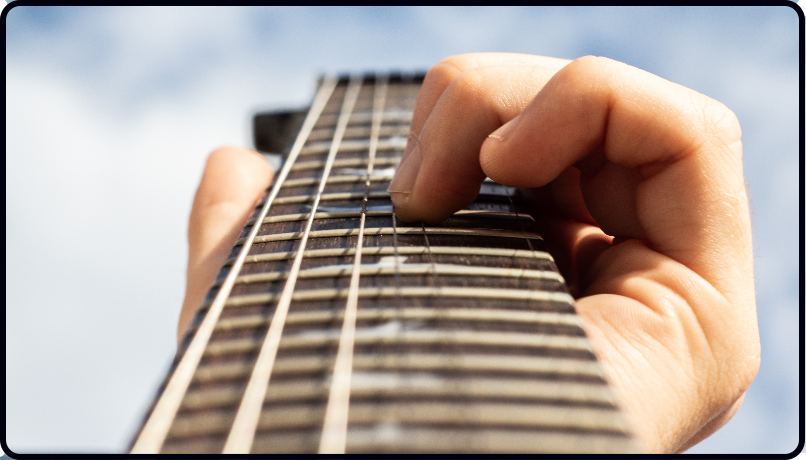
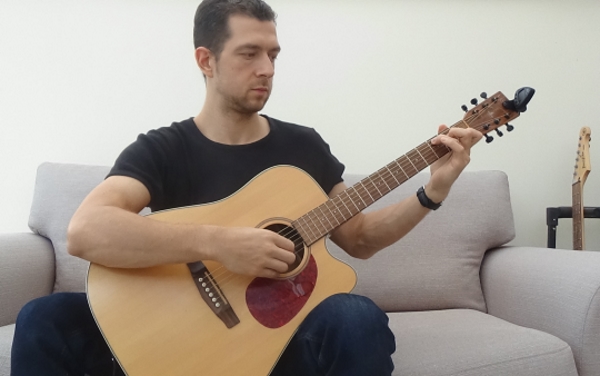
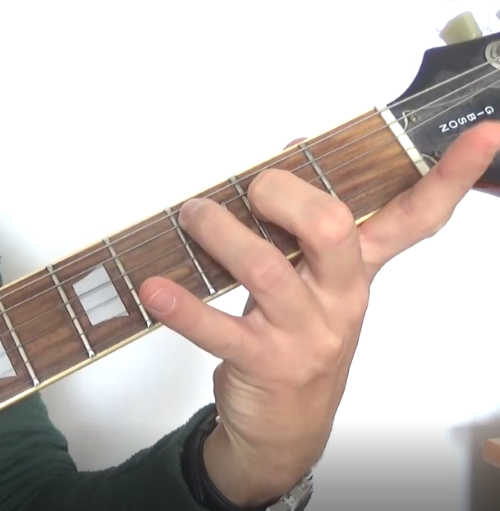
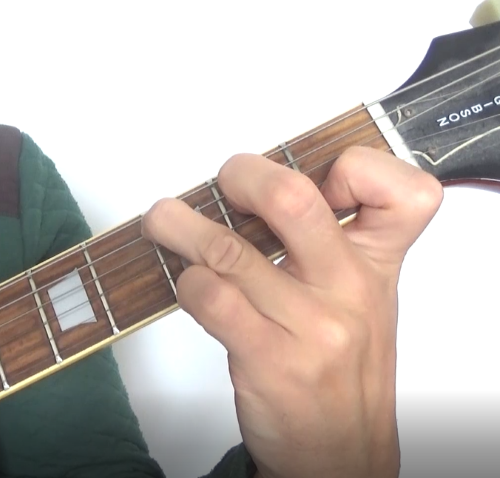
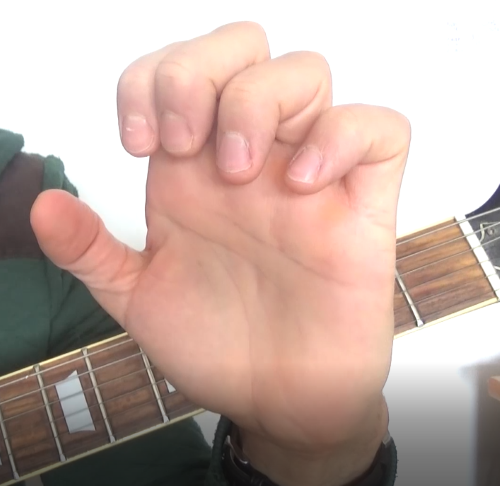
Great advice, though I’m missing middle and ring finger on my right hand, so I can’t do finger picking. Much to learn here though. Thank you so much
Thanks, Rob, glad you found it useful. If you did want to fingerpick you could try the Paul McCartney technique of finger/thumb picking. Enjoy your practice! Dan
Elizabeth Cotten played many of her songs using thumb and index finger. When Maybelle Carter finger-picked she used thumb and index finger. Rev. Gary Davis used the same fingers. The sky’s the limit.
Absolutely! Thanks for the comment – all enlightening and encouraging comments like this are very welcome! Cheers, Ken.
The 10 tips are very helpful to me. I stumbled across some of them on my own and suspected some but wasn’t sure if they were worth following up. Of course some never occurred to me at all! I’m old self-taught player and feel I would be a much better player if I had found a teacher of proper technique when I was first learning Thanks for the help.
If there’s anyone reading this who is struggling with barres, I strongly recommend the Ultimate Barre Chord course. It takes time but it worked for me.
Thanks, Ken. You did well to stumble across some of the 10, as in my experience you can get people playing for years who are blind to many of these. I feel exactly the same too – the first 5 years of my playing was me just battling with bad technique. It’s annoying we can’t go back, but onwards and upwards!! Thanks for the kind words about the barre chords course too. 🙂
Good tips, thanks.
ad. 8 – Curl your fingers and don`t let them flop on the fretboard: can you give some tips how to develop ability to curl fingers? I am almost unable to bend the last joint of 3. and 4. fingers.
It takes time, David, but you can definitely get there. This is common. Try curling your fingers in the air, get your other hand and help manoeuvre them into a more curled position. Do this throughout the day, but be gentle!
Whoa, really? That’s crazy. I didn’t realize this could be improved, I assumed it was just anatomical variation. I can easily curl my PIP joints on their own but my DIP joint hardly curls until my PIP joint is already at least 90 degrees and I can’t really even attempt to control it in isolation. In one of the images above (the one above section 7), the guitarist’s ring finger PIP joint is almost entirely straight and the DIP joint is quite curled – I can’t get anywhere close to this. It’s a constant struggle for me to avoid accidentally muting the string adjacent to the one my ring finger is fretting. So is this just a matter of daily stretching/manually curling? Are you able to actually curl your DIP joint without curling PIP?
Thank you for these tips.
In the second video, you briefly show a cushion to assist with holding the guitar in the correct (classical) position.
Could you explain more about this please?
Clare
Hi Clare, I did respond to your email but I guess you didn’t get it. Anyway, the leg support I use is on this link HERE – they sit under the guitar on the same leg as your fretting hand.
This one doesn’t work for smaller-bodied acoustics though as the curve can be too tight for it.
You also have the option of one of these Ergoplay supports which are a bit more flexible.
Both are great for taking the strain off the knee while getting the guitar in an ideal position.
I hope that helps and let me know if you have any other questions.
Thanks
Dan
[…] place a big emphasis on students learning the right techniques, the most exciting songs, and how to play […]
[…] the other hand, the “modern” method has no structure, barely even a footnote on playing with proper technique, and most people struggle to make the music sound actually… […]
[…] with poor technique – nearly everybody suffers from this at some point. Do you have sore fingers, slow chord […]
[…] is one of the reasons why I am so huge on ensuring you play with good technique, a light touch, effortless motions, and stress/pain-free playing. This will help with your playing […]
[…] improvement was a million times better than him ploughing on and hitting muted strings, and buzzing notes on […]
[…] is a great nugget to help improve your all-around playing, and especially your barre chords, […]